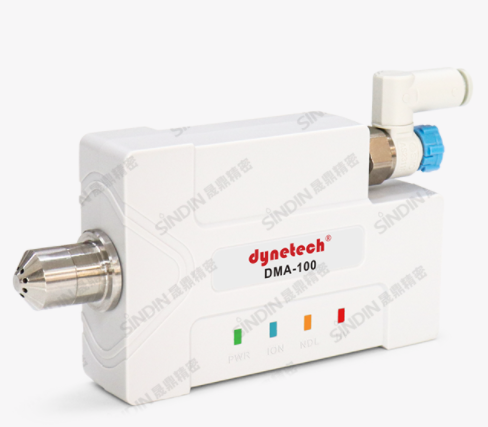The contact angle is the main means to characterize the wetting properties of the material surface, and the film contact angle is measured by the conversion of the value of the contact angle and the wetting tension.

The following contact angle value ranges can be used as a reference to define the surface treatment levels of polyolefins and other lower initial surface energy polymer films.

When moving from one place to another, the surface energy of the material will change, and the unevenness of the corona machine treatment of the film can also increase the dispersion of the results, so the average wetting tension and the dispersion of the surface of the sample should be used to describe the sample. .
The wetting tension of the polymer film in the air in contact with the water droplet is a function of the surface energy of the air→film→water droplet interface, and any impurities such as surfactants in the test liquid or on the surface of the film will affect the test results. Therefore, without touching or probing the surface to be tested of the film, it is necessary to carefully clean all test equipment and carefully preserve the test water to prevent contamination. Glassware is particularly susceptible to contamination by cleaning agents containing low surface tension, and it is difficult to remove contamination unless special measures are taken, such as cleaning with an acid solution of chromium sulfate and washing with distilled water. When slip agents, antistatic agents, antiblocking agents or other additives are deposited onto the surface of the film over time, the properties of the surface will be affected. Small bumps on the film will increase the dispersion of the test results.
Polymers can generate static charges during processing, and corona treatment often exacerbates such problems. Film samples that are often surface tested may carry static electricity from the corona treatment process, or on the surface of the sample stage. Static electricity is generated when friction occurs when sliding. Static electricity can lead to errors in contact angle measurements because the electrostatic layer created by a charged sample has a stronger ability to pull water droplets to the surface of the sample than without static electricity.

In order to avoid test errors, before and during the test, a static elimination device should be placed next to the sample table to keep the film sample in a state of no electrostatic accumulation. The static elimination device generates positive and negative ions to attract opposite polarities on the surface of the film. The ions are neutralized.




